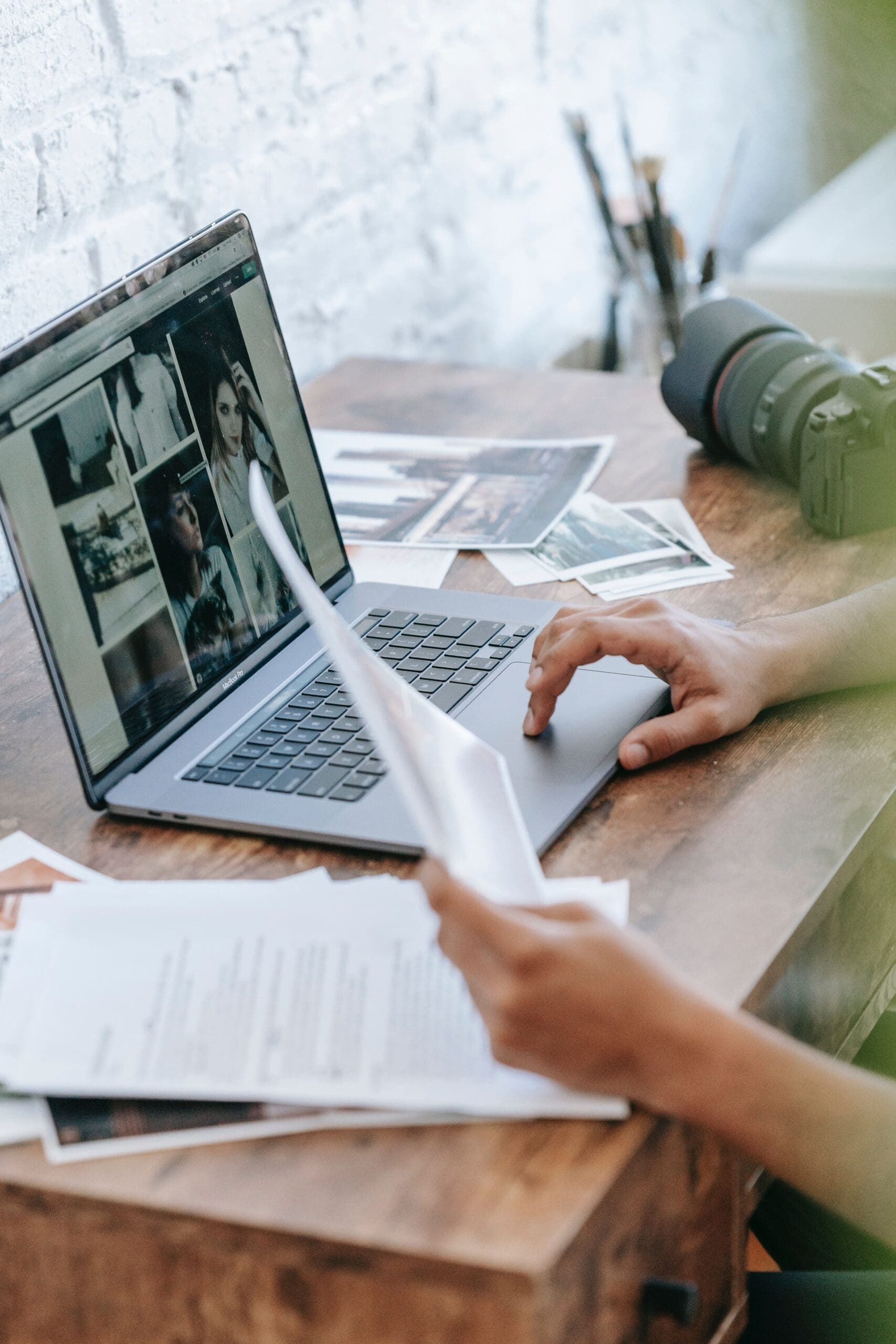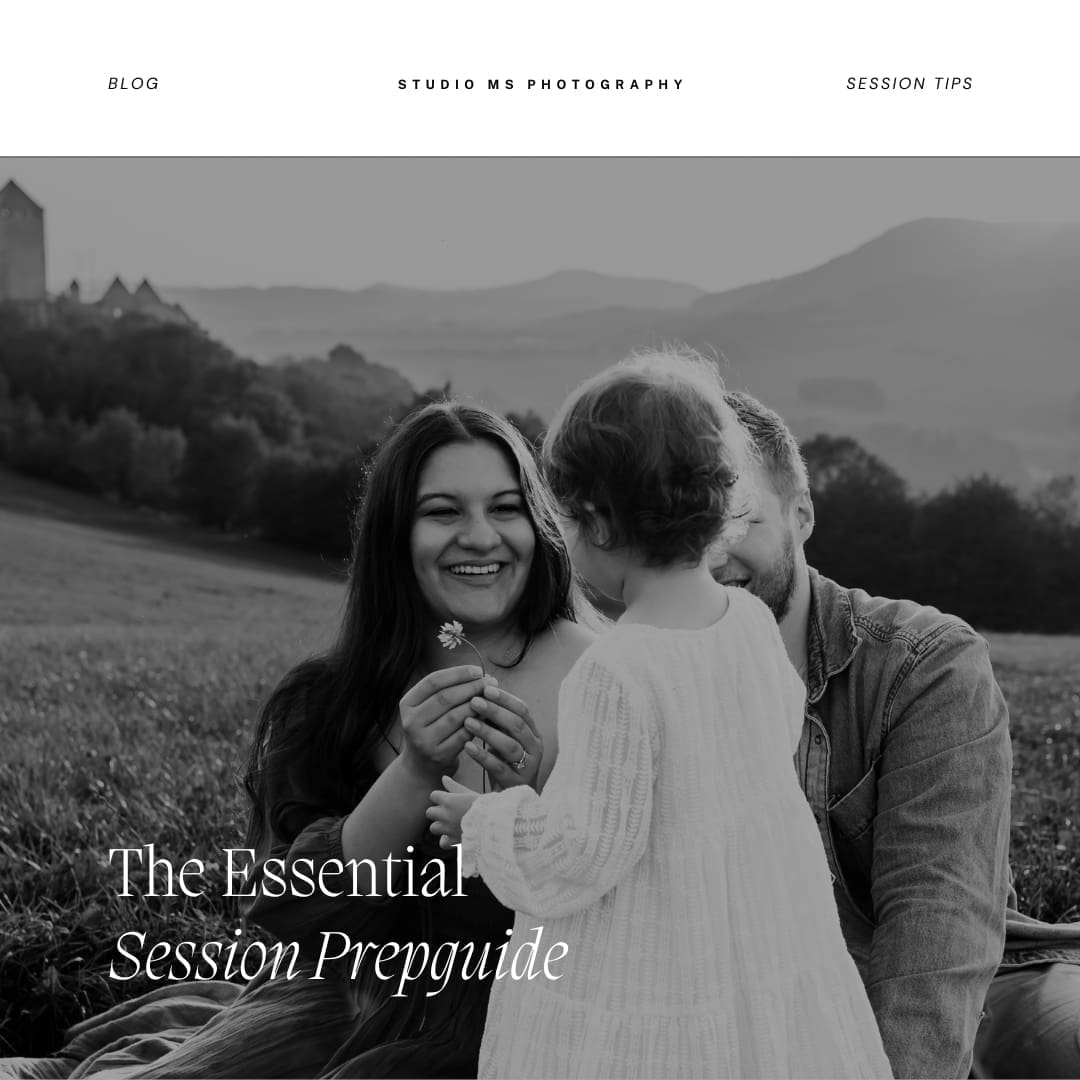When it comes to capturing the perfect shot, camera settings can make all the difference. Whether you're a professional photographer or a hobbyist, understanding the basics of aperture, shutter speed, and ISO can help you take your photography to the next level.
In this blog I will explain the basics you need to know before you start!
Aperture, measured in f-stops, controls the amount of light that enters the camera. A lower f-stop number means a wider aperture, which allows more light in and can create a shallow depth of field (where the subject is in focus and the background is blurred). A higher f-stop number means a narrower aperture, which allows less light in and can create a deeper depth of field (where both the subject and background are in focus).

Shutter speed, measured in seconds or fractions of a second, controls the amount of time that the camera's sensor is exposed to light. A faster shutter speed can freeze fast-moving action, while a slower shutter speed can create a sense of motion blur. When shooting in low light conditions, a slower shutter speed may be necessary to let in more light, but this can also increase the risk of camera shake.
ISO, or the camera's sensitivity to light, can also affect the final image. A lower ISO number means less sensitivity and less noise (graininess) in the image. A higher ISO number means more sensitivity and more noise.
In general, a good starting point for camera settings is to use a low ISO (around 100-200) but a mid to high professional camera can go up to the 2000-5000 range, a medium aperture (around f/4-f/11), and a shutter speed that is appropriate for the subject and lighting conditions. From there, you can experiment with different combinations to achieve the desired effect.
For example, if you're photographing a landscape, you might want to use a narrow aperture (high f-stop number) for a deep depth of field, a low ISO for minimal noise, and a moderate shutter speed to capture the scene without blurring. On the other hand, if you're photographing a fast-moving subject, you might want to use a wide aperture (low f-stop number) for a shallow depth of field, a higher ISO to allow for a faster shutter speed, and a fast shutter speed to freeze the action.
If you're looking to add a dreamy, ethereal quality to your photos, one way to achieve this is by using a technique called "bokeh." Bokeh refers to the aesthetic quality of the blur in out-of-focus areas of a photograph.
Here are a few tips for getting soft, blurry photos with bokeh:
- Use a wide aperture. The aperture is the opening in your camera lens that controls how much light enters the camera. The wider the aperture, the more light that enters, and the more blur in the background of your photo. Aperture is measured in f-stops, and the lower the f-stop number, the wider the aperture. For example, f/1.8 is wider than f/5.6.
- Use a lens with a large maximum aperture. Some lenses have a wider maximum aperture than others. For example, a 50mm f/1.8 lens will have a wider aperture than a 50mm f/4 lens.
- Get close to your subject. The closer you are to your subject, the more blur in the background of your photo. This is because the background is farther away from your subject and therefore out of focus.
- Use a long focal length. The focal length of a lens refers to how zoomed in or out it is. A longer focal length (e.g., 200mm) will give you more blur in the background than a shorter focal length (e.g., 50mm).
- Experiment with different distances between your subject and background. The farther away your background is from your subject, the more blur it will be in the final photo.
By following these tips, you'll be able to create beautiful, dreamy photos with soft, blurry backgrounds.
Ultimately, the best camera settings will depend on the specific situation and the effect you're trying to achieve. By understanding the basics of aperture, shutter speed, and ISO, and experimenting with different combinations, you can take your photography to the next level and capture stunning images.
Hope this was helpful!


FREE: MINI-GUIDE
Digital Marketing for photographers
Get familiar with digital marketing and find out more about the five passive income tips for photographers.
grab your free copy:
Share this story


